Oustanding insurance claims revealed as Cyclone Jasper and flood damage still being repaired
Hundreds of Cairns residents are still waiting to return home one year after Cyclone Jasper and the floods, with building and insurance disputes, red tape, and disappearing investors causing return-to-home delays.
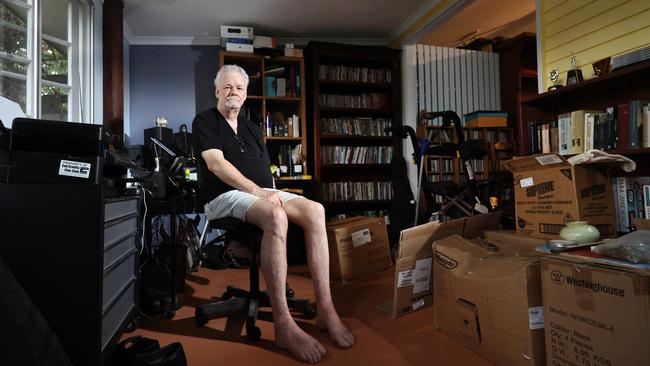
Cairns
Don't miss out on the headlines from Cairns. Followed categories will be added to My News.
Hundreds of Cairns’ northern beaches residents remain displaced as they await repairs to their homes, one year one from Cylone Jasper and the devastating floods.
Based on insurance data from Suncorp and Sure, close to 90 per cent of claims have been completed, but building works are either ongoing or yet to start.
Further adding to the region’s housing pressures – those properties not insured or underinsured are unlikely to return to the rent roll as investors feeling the financial pinch opted to sell.
But numbers don’t always tell full story with reports of residents still living in temporary accomodation including tents, shelters and cabins.
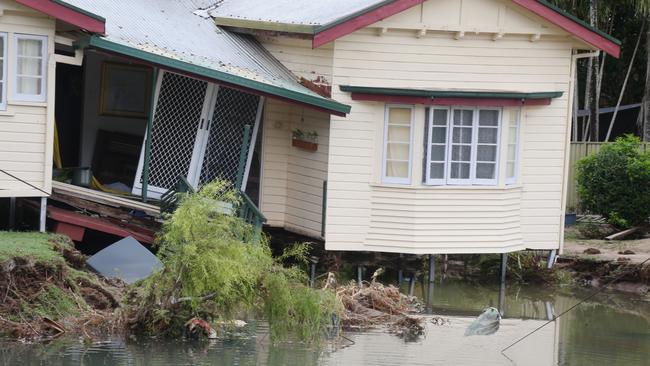
As you drive into the beach suburbs you could think a cyclone had rolled through just weeks ago, skip bins and soiled interior line the outside of many homes.
These communities were some of the hardest impacted during last year’s historic cyclone with many residents still reliant on the Machans Hall Recovery Hub for essential donations.
Machans Beach Community Association Vice President Brett Hitchens described himself as one of the lucky ones, after having 50cm of water pour through his home he was able to return in November.
“We’ve only been back about a month,” Mr Hitchens said.
“The real holdup was that the builder assigned by the insurance company, they had so much work to do and trades are so hard to get.
“It seemed that you’d get a bit of work done and then you’d wait weeks and weeks … for the next trade to turn up.”
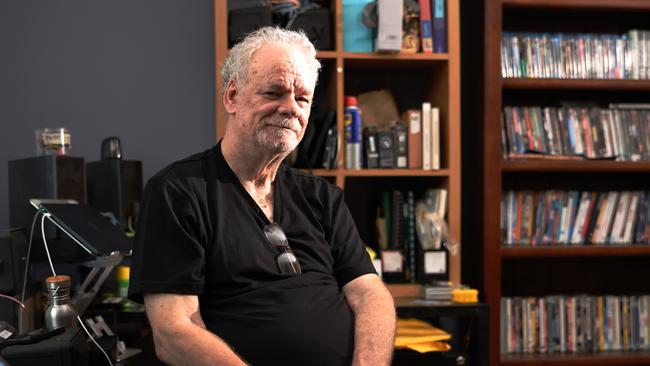
Throughout these communities gutted houses are still empty with countless properties yet to have started rebuilding.
Mr Hitchens said a major hurdle has been the stale mate between insurers and residents agreeing to what can be covered.
“A builder said to me that when they come in and they strip out the house …. they have to build it back to the new building code,” Mr Hitchens said.
“People in older houses, the insurance companies say to them we will put back what you had, but we won’t pay for what needs to be done.”
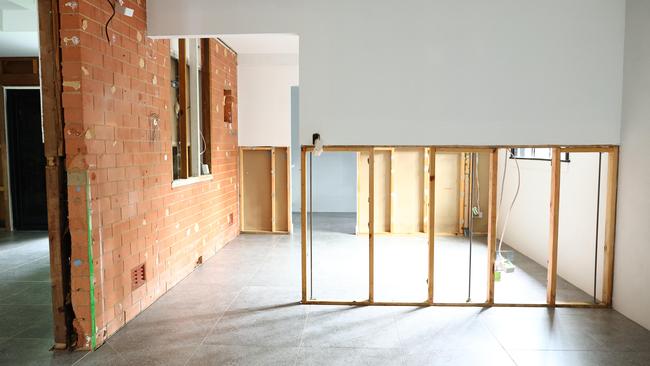
His comments were supported by local builders, who were sensitive about identifying themselves and their clients but reported the pace of repair work was impacted by a number of factors – these included a disparity between the initial damage assessment and what a homeowner wanted fixed, to the changing demands of clients and their design ambitions following insurance payouts – leading to prolonged wait times.
North Queensland-based insurer Sure Insurance managing director Bradley Heath said the 106 claims his firm had outstanding were requiring “continuing discussions with affected customers to achieve mutually acceptable outcomes,” to either resolve scope and cost issues or make cash settlements.
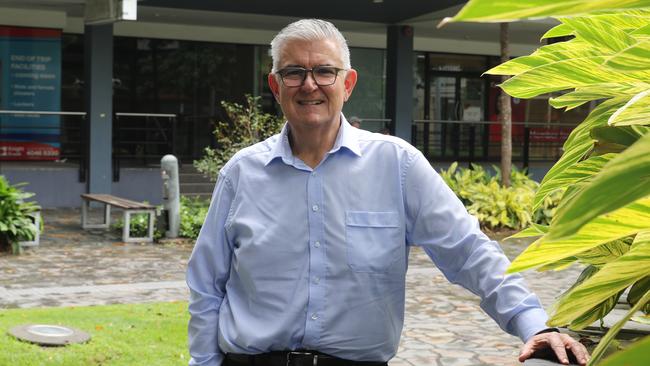
The firm receive a total of 3095 claims post Cyclone Jasper and said it had made $100m in payments, with 341 claims still open. Of those, 162 properties were currently being worked on with the insurer expecting repairs to be completed before Christmas, for half of them. Another 27 had repair contracts awaiting customer sign-off and 46 were awaiting “rectification of pre-existing maintenance issues” before repairs could be authorised.
A Suncorp Insurance spokeswoman said as of December 13, 87 per cent of claims received following Ex-Tropical Cyclone Jasper had been finalised.
“The event resulted in 2676 home, motor and commercial insurance claims, costing more than $120m,” she said.
“Our team are working to finalise the 345 remaining claims, of which 276 are home claims. “These claims are typically more complex and require expert reports such as hydrology and engineering, which can extend the rebuild time frame.”
Residents’ struggles to access funds and return home were also noted in the Cairns and Far North Environment Centre’s Table Talks Project Flood Stories and Future Solutions report which interviewed 45 participants with one of the respondents telling the organisation they waited seven months for government assistance to be paid out.
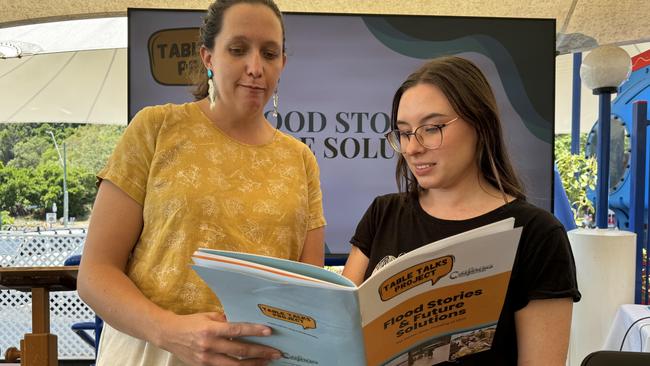
“Beyond immediate financial concerns, the inconsistent quality of repair work has left some residents feeling vulnerable to future disasters,” the report read.
“Anne from Machans Beach had a disagreement with her insurance carpenter … she was taking photos of his work to send to the insurance company but the carpenter did not like this and went and changed all the locks (locking Anne and her family out of their own house).”
Ray White Cairns property management director Joseph Indorato said of the properties his agency was managing at Holloways Beach – about eight had finally returned to the rent roll in November, while another 15 were still awaiting repairs.
“But there were also a handful of properties that ended up selling, and will never come back to the rent roll because they were either not insured, or underinsured because the owner’s couldn’t afford to leave them vacant (and damaged),” he said.
“I know our property managers are dealing with a lot of displaced tenants who are coming in after their property has sold, and they have no where to go – we’re turning them to the social services.”
Holloways Beach resident Ray Morgan on Bamboo St lost everything, and a year on just
wished his community would return.
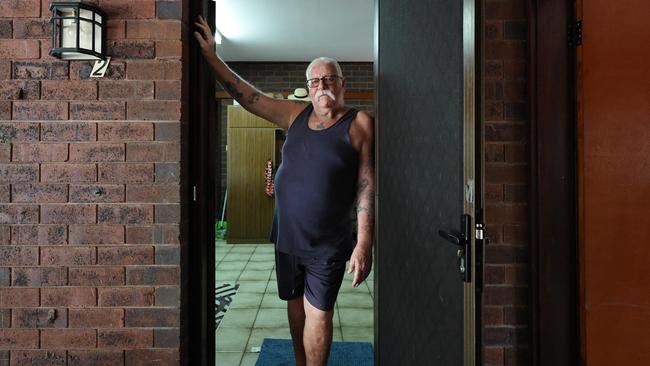
“We use to have a nice community here,” Mr Morgan said.
“Now we have squatters and vandals, a lot of people haven’t even started (rebuilding).
One Holloways Beach resident who wished to remain anonymous was still renovating a year on but said there was hope.
“I lived here for 24 years and never saw anything like that (Cyclone Jasper),” The Holloways Beach resident said.
“I had to live out of a camp fridge for a period …. the place was full of rats.
“We had to adjust, to put up with the situation …. you can worry, but what can you do.”
Explained: What happened during Cyclone Jasper
Far North Queensland is still recovering one year after the wettest cyclone in Australia’s history crossed the coast, leaving a $1bn damage bill in its wake.
Tropical Cyclone Jasper made landfall at Wujal Wujal, 344km north of Cairns, on the evening of December 13, 2023.
The Bureau of Meteorology predicted the cyclone would make landfall anywhere between Cairns and Mackay in the second week of December 2023.
It was initially predicted to be a category 4 system, but was downgraded to a category 2 by the time it made landfall at Wujal Wujal.
Around 300 residents from the Indigenous town were evacuated by the Australian Defence Force via helicopter, leaving most residents displaced in temporary accommodation between Cairns and Cooktown for months.
Residents returned to the township in April, five months after the disaster.
While the cyclone didn’t cause much structural damage when it crossed the coast, it dropped up to 2000mm of rain in parts of Far North Queensland — 625mm to 796mm was recorded in the Bloomfield River area in the 48 hours to December 15.
Degarra man Ray Dark’s home was swept away by the force of the flooding Bloomfield River.
The 85-year-old has ever been found.
The Daintree River and Mossman catchments also received record breaking rainfall, with parts of the region receiving more than 800mm of rainfall in the 48 hour period from 9am on Wednesday, December 13.
Thousands of residents in Cairns’ northern beaches were hit by flooding on December 17, when significant rainfall caused the Barron River to break its banks.
Many residents had to be rescued as floodwaters continued to rise at Holloways Beach and Machans Beach.
Tens of thousands of residents were left without power or communications coverage due to extensive damage to service equipment.
The Captain Cook Highway was cut for months due to landslides causing significant damage to road infrastructure.
Both it and the Kuranda Range road have been reduced to single lane operation in parts while repair works drag on.
Areas in the Douglas Shire, including Port Douglas also had water service interrupted after debris from the cyclone caused maintenance issues with a water treatment plant.
Cairns Airport was also inundated by floodwaters, with the airport ceasing operations for 24 hours between December 17 and December 18.
The airport was recognised by a major aviation body for its “determination and resilience” in November, taking out the Major Airport of the Year for the second year in a row.
We must work on strong recovery - Amy Eden Cairns Regional Council Mayor
With the first anniversary of Ex-Tropical Cyclone Jasper upon us, we remember the unprecedented flooding and widespread devastation it caused across our region.
Jasper made landfall near Wujal Wujal on December 13, 2023, with the cyclone’s unexpected stalling just north of Cairns leading to record-breaking floods, isolating communities and inflicting significant damage to homes and infrastructure.
The Jasper rain bomb smashed our city and region with an unbelievable volume of rain, with 975mm falling in a 24-hour period. That was the highest ever 24-hour rainfall measured in Australia. The previous highest was just down the road from us at Bellender Ker in January 1979.
I know some families aren’t back in their homes a year on from the disaster. The impacts of Jasper continue to be felt to this day, and beyond.
Many residents impacted by Jasper are nervous and anxious about the wet season ahead, particularly with the recent rain and storm activity in the past couple of weeks. Please take care of yourselves and your family over the next couple of months and reach out and seek support if you need it.
I’d like those residents, and our entire community, to know that Council stands with you during this difficult time.
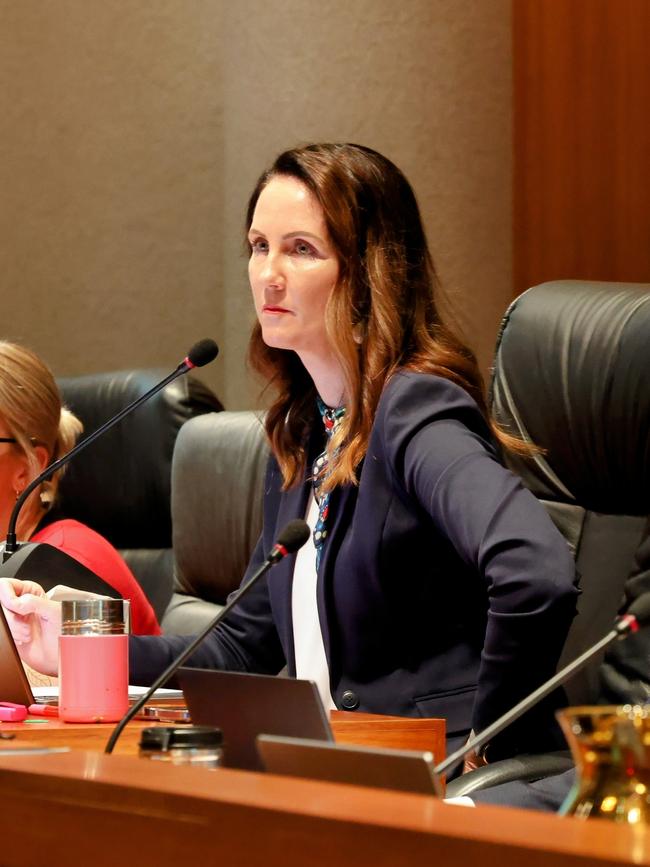
Following the Jasper event, Council commissioned an independent After Action Review. This review provided an objective and transparent appraisal of emergency management performance by the Local Disaster Management Group (LDMG) and key state agencies and community partners. The After Action Review is not a critique of operations; instead, it aims to contribute to the LDMG’s continuous improvement and quality assurance processes.
I’m pleased to say we adopted all 17 recommendations from that report, which is available to view and download on Council’s website.
With the wet season now officially upon us, it is just as critical for all residents to be as vigilant and prepared as Council is.
Prepare your cyclone kit, have an evacuation plan in place and get to Know Your Zone. It’s also timely to regularly monitor updates from the Bureau of Meteorology and log on to the Cairns Disaster Dashboard for real-time information on weather conditions, potential threats and a range of great information.
In Cairns, evacuation advice is primarily based on storm surge risks rather than cyclonic wind. Jump on to council’s website and the Disaster Dashboard to familiarise yourself with the designated storm surge zones - red, orange, and yellow - and have a clear evacuation plan if you reside in these areas.
The aftermath of Cyclone Jasper highlighted significant gaps in the current Disaster Recovery Funding Arrangements (DFRA) for that event, particularly concerning the restoration of recreational facilities, foreshores and community assets.
However, the current activation of funding for the Jasper event excludes essential community infrastructure, such as recreational facilities, which are vital for the social and emotional well-being of our communities. The inability to access necessary funds for rebuilding these assets is stifling our recovery efforts and prolongs the return to normalcy for our residents.
If we don’t get funding support, the burden will fall on ratepayers. In a cost of living crisis, our residents just cannot afford it.
Today’s announcement of an additional $206 million today in disaster funding to Far North Queensland communities hit hard by Cyclone Jasper is certainly welcome.
We will need to work through the detail to ensure between that and existing packages our key funding gaps are addressed and if not, our advocacy will continue on behalf of the community.
As we reflect on the challenges faced during Cyclone Jasper and prepare for the forthcoming cyclone season, it is crucial that we all remain proactive in our preparedness efforts. Simultaneously, we must advocate for policy changes that build a more effective disaster recovery framework, ensuring all facets of our community infrastructure are supported and restored in the wake of natural disasters.
Let’s continue to work collaboratively, stay informed, and support one another to build a city that’s well prepared and stronger for it.
Originally published as Oustanding insurance claims revealed as Cyclone Jasper and flood damage still being repaired



